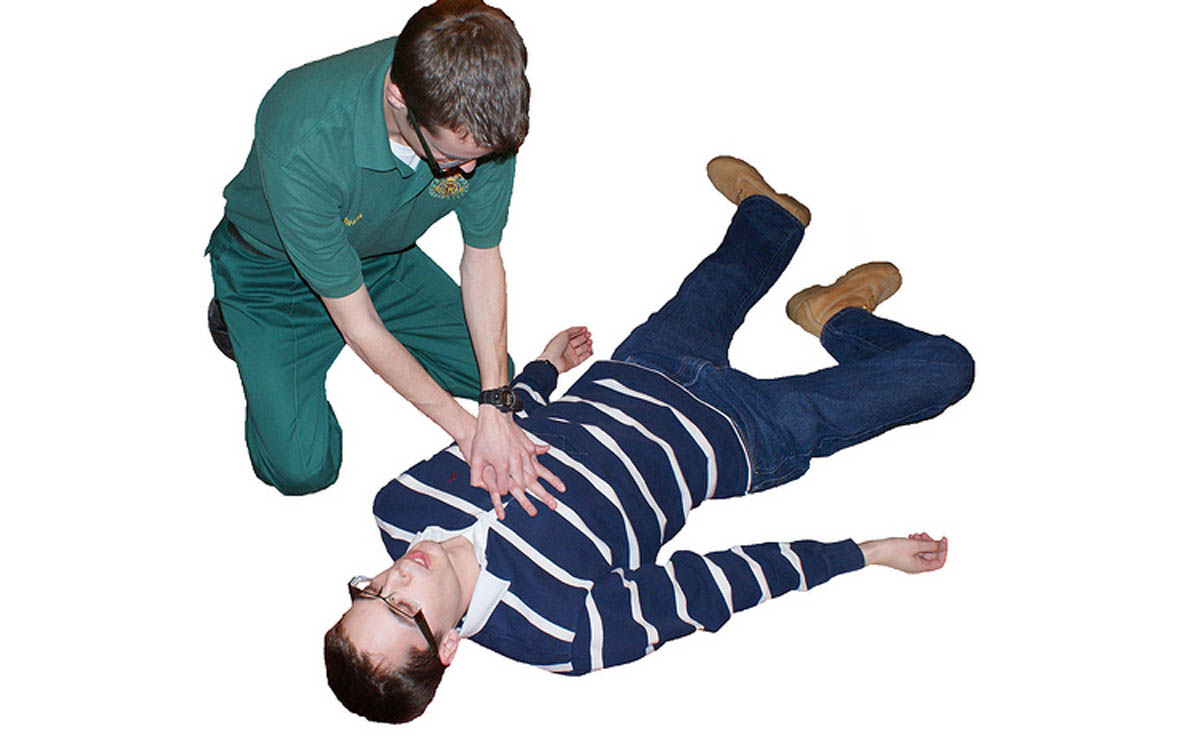Table of Contents
Despite crushing chest pain, I was resolved not to ruin my friend's big day.
It was my pastor's final sermon. For the first time in over 30 years, all the members of his family were in the same room. I knew I was having a heart attack, but I was not going to call 911 until the last possible moment.

Read More: Steps To Protect Your Heart With A Diet
I actually was having a heart attack, but because I told the paramedic I was experiencing pain on the right side of my chest rather than the left, and he understood his training to have been that heart pain only occurred on the left side of the chest, he and his partner only took me very slowly to the hospital. They did not offer me nitroglycerin or Aspirin, they did not take an EKG, and they had to be vigorously persuaded (this being in the United States, by my attorney friend who called 911 for me) to take me to the hospital at all.
Fortunately for me, the attending physician at the ER didn't have preconceived notions of where chest pain should be and I was admitted to the hospital and given the treatment that saved my life.
First Symptom of Heart Attack Is Often Death
Many people, unfortunately, are not as fortunate as I was. In the United States alone, for 500,000 to 700,000 people every year, the "presenting symptom" of heart attack is death. Even with modern medical care, heart attacks kill between 30% and 50% of people who have them.
A heart attack usually causes pain on the left side of the chest. It may, as was the case for me, cause pain on the right side of the chest. Women often feel heart attack pain in the lower chest. A study of over 1.1 million cases published in the Journal of the American Medical Association, however, found that
Some of the Most Dangerous Forms of Heart Attack May Not Cause Chest Pain
The infamous widowmaker heart attack (a myocardial infarction center in the left anterior descending artery) may only cause pain when the person having the attack bends at the waist. Or it may cause pain in the feet that seems to radiate up the legs. Or even this most deadly of all heart attacks may cause no pain at all.
The most dangerous kind of heart attack, however, is a heart attack that is not treated. Because heart attack is still thought of as a "man's disease," women who have heart attack symptoms are often less aggressively treated than men. Because heart attack is associated with the elderly, younger people who have heart attack symptoms are often less aggressively treated than older people. And because heart attack stereotypically causes shortness of breath, crushing (rather than twisting or burning) pain, and pain that doesn't go away, people who don't have shortness of breath or persistent crushing pain may not get the treatment they need. Women under the age of 55 who don't have chest pain have 2 to 3 times greater risk of dying than men over 55 who do, due to disparities in treatment.
If you are having a heart attack, you may have to demand treatment. But you won't demand treatment if you don't know the symptoms to be on the lookout for.
- Kirchberger I, Heier M, Kuch B, von Scheidt W, Meisinger C. Presenting symptoms of myocardial infarction predict short- and long-term mortality: The MONICA/KORA Myocardial Infarction Registry. Am Heart J. 2012 Dec.164(6):856-61
- Stephen SA, Darney BG, Rosenfeld AG. Symptoms of acute coronary syndrome in women with diabetes: an integrative review of the literature. Heart Lung. 2008 May-Jun. 37(3):179-89
- Photo courtesy of wiltshiresp on Flickr: www.flickr.com/photos/wiltshirespc/3300967917
- Photo courtesy of barkbud on Flickr: www.flickr.com/photos/barkbud/5180808452


Your thoughts on this